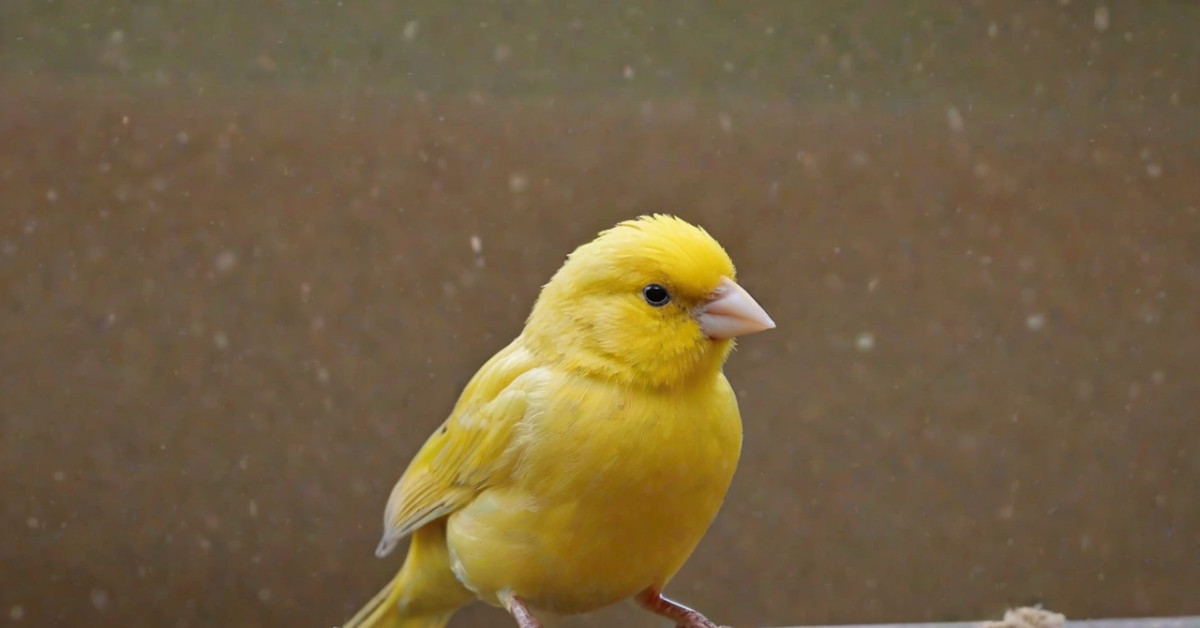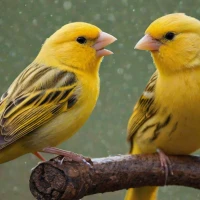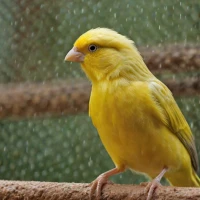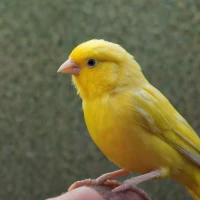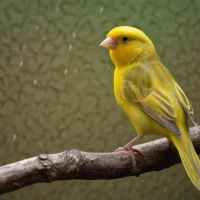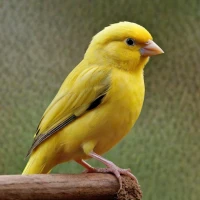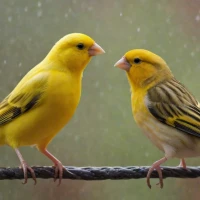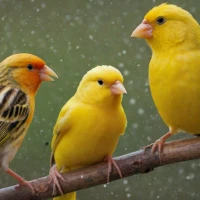Memories of My First Canary Show
Back when I was just a young aspiring vet, I remember attending my first canary show with my uncle, who was a renowned breeder. The blinding lights, the hum of chatter, the rich scent of bird seed mixed with the faint hint of citrus—it was all so mesmerizing. I could feel my excitement pulse through my veins as I laid my eyes on the dazzling array of colors, shapes, and sizes. My uncle, with his wise smile, whispered, “This is just the beginning, kiddo.”
The Allure of Canary Show Birds
Canary show birds hold a special place in the avian world, and for good reason. These little feathered marvels aren’t just pets; they’re artists, athletes, and sometimes even divas. When you walk into that show, you’re embraced by a whirl of melodies, brilliant hues, and an undeniable sense of competition. You start to appreciate the subtleties that separate an ordinary canary from a true champion.
The Varied Types of Show Canaries
Color-Bred Canaries
Color-bred canaries are the Picasso’s of the canary world. It’s all about their vibrant palette. Whether it’s the fiery red factor or the delicate pastel hues, these birds need meticulous care and diet to maintain their dazzling colors. Fun fact: Did you know that canaries with an intense red hue often get their color from a diet rich in beta-carotene? Natural selection, my friends, is both fascinating and beautiful.
Type Canaries
Type canaries are all about structure and posture. Known for their unique shapes and stances, these birds are often judged on their physical attributes more than their colors. Breeds like the Yorkshire Canary standing tall and proud or the sleek, slender Gloster Corona with its 'cutie pie’ crest on the head are prime examples. It was a Yorkshire Canary that first caught my eye at that show with my uncle, such elegance.
Song Canaries
Talk about a concert in your living room! Song canaries are judged based on their melodies. The roller canary, with its serene and continuous tones, or the lively and almost chattery American Singer, can win hearts with just a few notes. In my opinion, nothing beats waking up to that harmonious symphony—beats any alarm clock, hands down.
Traits of a Champion Canary
Diet and Care
To raise a champion canary, one must be meticulous—diet is paramount. Fresh fruits, perfect protein, and specialized vitamin supplements are all crucial. I remember my uncle grinding his special mix of seeds every morning. He’d always say, “Healthy diet, happy chirps!” True, dude, true.
Training and Socialization
Believe it or not, show birds need training and socializing, much like dogs. Exposure to various environments, people, and other birds can boost their confidence and adaptability. It’s similar to how athletes train—you gotta be ready for anything.
Challenges Faced by Canary Breeders
Like any profession, breeding show canaries comes with its fair share of bumps. Ever tried to maintain a perfect color-bred canary’s hue without the right diet? It’s like trying to paint a masterpiece with no paint! There’s also the constant worry about health issues, despite the best care. Even the experienced breeders can face unexpected challenges.
Personal Opinions and Controversies
Now, don’t get me started on the controversies surrounding genetic breeding. Personally, I feel there needs to be a more balanced approach. While trying to achieve the perfect posture or song, we must not overlook the bird’s overall well-being. There’s a fine line between breeding for excellence and breeding for extremity. Sometimes, the competitive spirit overshadows compassion—something to ponder, folks.
Sensory Involvement in Canary Shows
The feel of a show is something else—the cold metal of the cages, the earthy smell of bird seed, and the continuous chatter of enthusiasts. It’s a sensory overload, but in the best way possible. Your senses are on high alert, soaking in every detail, every note, every shimmer of a feather.
Anecdotes and Personal Touches
One of my favorite memories was when I was called upon to judge a local canary show. The pressure! Evaluating tiny marvels based on color, posture, and song was no easy feat. I could see the anxious faces of breeders, their hopes pinned on these delicate birds. It taught me to appreciate the hard work and dedication that goes into creating a champion.
Reflections on Canary Shows
Finally, reflecting on my journey with canary show birds, I realize how much they have taught me—not just about birds, but about commitment, passion, and the fine art of balance. To anyone thinking about diving into this world: it’s not just a hobby; it’s a joyous immersion into nature’s wonders.
In closing, I want to thank all you bird lovers and curious minds for reading through my ramblings and insights. Remember, in the world of canaries, every chirp counts! 🐤✨
Keep chirping and shining, The Veterinary Expert
